Picture stepping into a world where your perception dissolves, reality shifts, and your mind becomes a kaleidoscope. That’s the entry point many experience with psychedelic drugs. For centuries, humans have turned to these substances in search of spiritual insight, creative expansion, or healing from trauma. Today, science is weaving together ancient wisdom and modern psychology to understand their profound power and risks.
What Counts as a Psychedelic Drug?
Psychedelic drugs list typically includes:
- Psilocybin mushrooms (magic mushrooms)
- LSD (lysergic acid diethylamide)
- MDMA (often called ecstasy)
- Ayahuasca plant preparations used in traditional ceremonies
These substances differ chemically, culturally, and experientially, but they share core features: they alter perception, emotion, and consciousness in ways that can be destabilising—or transformative.
Psilocybin: The Magic Mushroom Experience
Psilocybin is the psychoactive compound found in magic mushrooms, a type of naturally occurring fungus revered in many indigenous traditions. Today, it’s being studied as a powerful tool in therapy for depression, anxiety, PTSD, and end-of-life distress.
People report intensified colours, shifts in time perception, deep emotional release, and feelings of unity with nature. It’s not always sweet: fears can arise, the mind can spin, and strong support is essential. Still, in clinical trials, controlled sessions guided by therapists have shown psilocybin helps “reset” entrenched negative patterns, like a mental reboot.
LSD Side Effects and Potential
LSD exploded into Western consciousness in the 1960s. Scientifically, it’s one of the most potent psychedelics—capable of dissolving reality for 12+ hours. Users describe cosmic insight but also confront fears, e; loss, and, in rare cases, persistent perceptual disturbances (HPPD).
Even as its reputation became entangled with counterculture, research is returning. Studies in Europe and North America are testing LSD for cluster headaches, anxiety, and treatment-resistant depression. Some researchers refer to these compounds as “pharmacological psychotherapy enhancers.”
MDMA & Ecstasy Addiction Treatment
While MDMA is often club-associated, its therapeutic rebirth is forging a new path. MDMA-assisted psychotherapy is now FDA-designated as a breakthrough treatment for PTSD. That’s big: it means MDMA helps close emotional loops so trauma survivors can process memories without overwhelming fear.
Importantly, MDMA differs from classic hallucinogens. It doesn’t dissolve reality so much as amplify empathy, safety, and emotional connection. Side effects exist—high blood pressure, serotonin depletion, risk of misuse—but controlled retreat settings and clinical oversight manage these variables.
Still, ecstasy addiction treatment is sometimes needed; these compounds can spark patterns of misuse. That makes set and setting, dosage, and aftercare essential.
Ayahuasca Ceremonies: Deep Dive Healing
Ayahuasca therapy is another psychedelic frontier. Brewed from South American vine and leaves, its psychoactive power comes from DMT. Ayahuasca retreats offer ceremonial spaces where participants journey inward, confronting personal mythology, trauma, grief, even addiction.
Many find profound healing, but these ceremonies demand intention, preparation, physical support, and sometimes medical screening. Integration—making sense of the experience afterwards—is where therapy and community become vital.
Why All the Buzz Now?
Modern psychology is embracing psychedelics because they can unlock stuck emotions, support trauma healing, and ease treatment-resistant illness. They aren’t stand-alone cures—they’re catalysts, requiring preparation, professional guidance, integration therapy, and ongoing support.
In trauma-informed therapeutic centres, psychedelics may be one part of a roadmap. Alongside CBT, DBT, mindfulness, art therapy, and relationship repair, they offer a powerful wedge into healing places where words sometimes can’t reach.
Risks and Realism
These aren’t benign substances. They can trigger panic, amplify unresolved trauma, spark psychosis in vulnerable individuals, or leave someone emotionally unmoored. That’s why the modern promise isn’t recreational but carefully curated:
- Pre-screening mental health
- Guided session environments
- Integration therapy afterward
Without these, psychedelics become lottery tickets—risky, unpredictable, and potentially harmful.
Final Thoughts
Psychedelic drugs are not party favours—they’re tools. Tools that can cut through isolation, extract us from destructive patterns, recontextualise trauma, and help us rediscover awe. Properly used, they sit at the intersection of the spiritual and the scientific.
If this path calls to you, proceed with care: seek reputable guidance, understand the side effects of LSD, integration support, dosing protocols, and aftercare therapy. The future of mental health may include these doors, but we must walk through them wisely.
Frequently Asked Questions
What is the most common psychedelic drug?
Psilocybin mushrooms are the most widely used globally, often referenced as magic mushrooms.
Which is the strongest psychedelic drug?
LSD is widely regarded as one of the most potent when measured per dose.
What does psilocybin do to the body?
It alters perception, shifts emotions, may produce mystical experiences, and often leads to meaningful psychological integration following the experience.
Does psilocybin make you high?
Yes—a high in the sense that perception and mood are altered, not like intoxication. It can feel deeply transformative rather than disorienting when used responsibly.
How Can Samarpan Help
At Samarpan Recovery Centre, Asia’s premier drug recovery center, we understand the rising curiosity and concern surrounding psychedelic drugs such as LSD, psilocybin, ketamine, and MDMA, as well as more ritualistic substances like ayahuasca. With the expanding public discourse on ayahuasca therapy, ayahuasca retreats, and the therapeutic potential of magic mushrooms or psilocybin mushrooms, it’s easy to overlook the risks associated with unregulated usage. Despite promising research, the misuse of substances from the psychedelic drugs list including ayahuasca plant compounds, types of mushrooms, and synthetic psychedelics—can lead to significant mental health challenges such as ecstasy addiction, dependency, disorientation, lsd side effects, and even psychosis. These risks are heightened in individuals with unresolved trauma, personality disorders, or undiagnosed vulnerabilities. At Samarpan, our multidisciplinary team is trained to address these complexities through a structured, trauma-informed model. We provide expert care in drug addiction therapy, de-addiction therapy, and supervised management of substance withdrawal symptoms and alcohol detoxification when applicable. Clients frequently present with depression symptoms, anxiety symptoms, or a depressive episode following psychedelic misuse, which our clinicians treat with compassion and clinical precision. Rooted deeply in mental health awareness, Samarpan ;es beyond surface-level detox we offer long-term, integrative healing tailored to each individual’s history, making us one of the only centres in Asia truly equipped to handle the nuanced aftermath of psychedelic drug misuse.





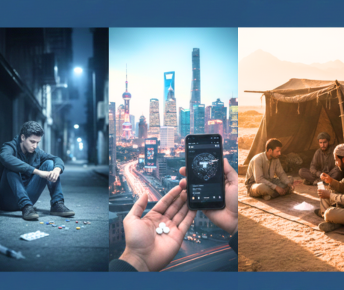
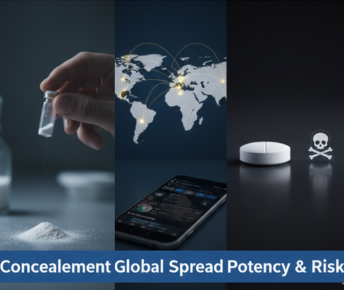
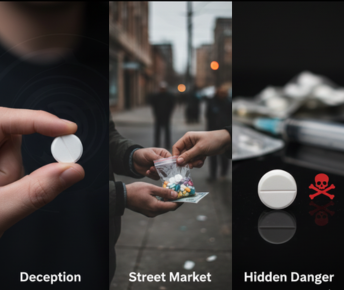



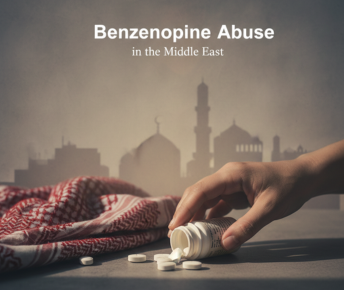
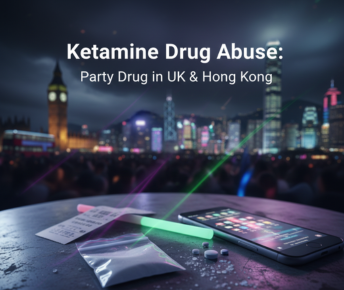
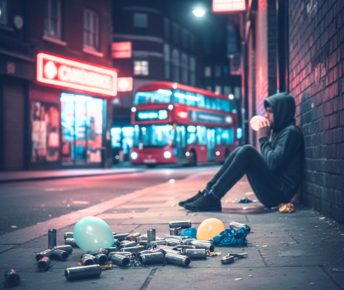


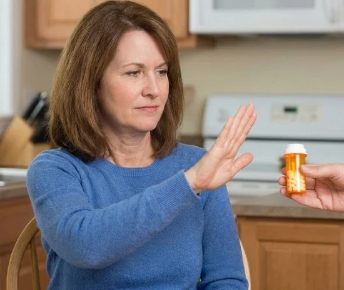

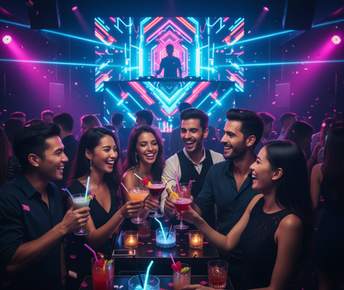
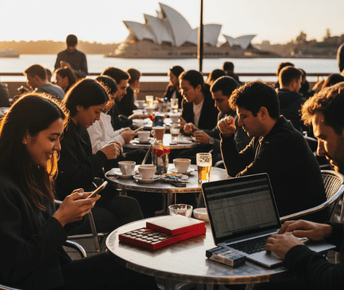



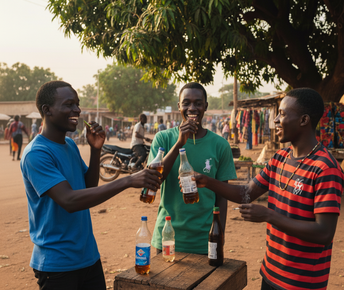
 Yes, many offer serene environments and solid therapeutic frameworks. However, quality varies, so it’s essential to research accreditation, staff credentials, and therapeutic depth.
Yes, many offer serene environments and solid therapeutic frameworks. However, quality varies, so it’s essential to research accreditation, staff credentials, and therapeutic depth.




